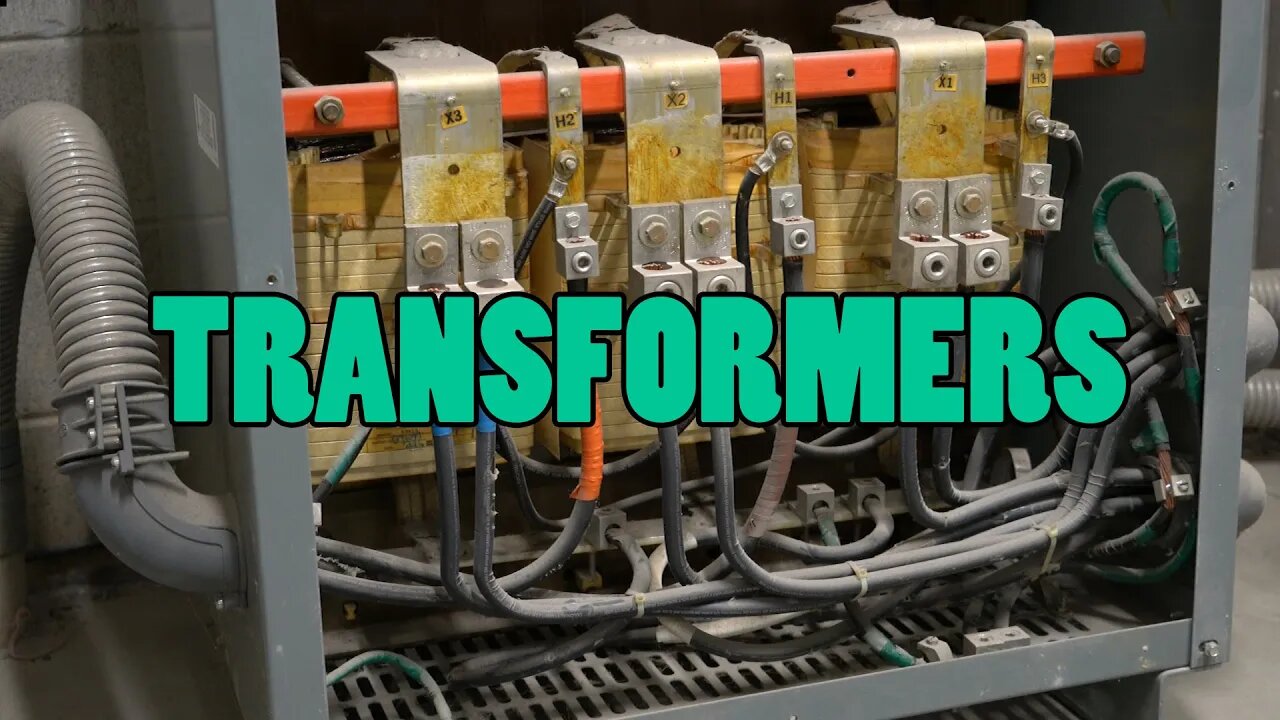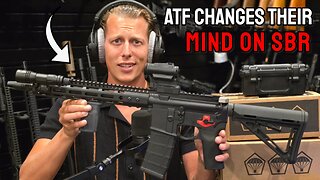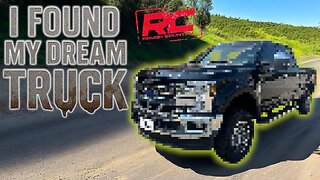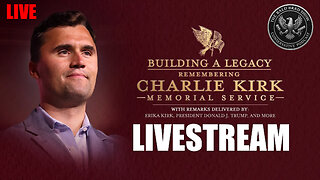Premium Only Content

TRANSFORMERS - What They Are, How They Work, How Electricians Size Them
Let’s open up a transformer and dig through it to see how they work. Transformers are extremely useful devices used in electrical systems to raise and lower voltage. They’re also used for isolation, typically in cleaning up power. They only exist in the world of Alternating Current, however, so in DC circuits you won’t find transformers used.
👾🤖PRACTICE EXAMS🤖👾
https://www.electricianu.com/practice-exams
😎👕MERCH👕😎
https://www.electricianu.com/merchandise
📲👥SOCIALS👥📲
Instagram - https://www.instagram.com/electrician_u
Discord - https://discord.gg/7ykYfbh
Facebook Page - https://www.facebook.com/theelectricianu
Facebook Group - https://bit.ly/2tz7eQh
TikTok - https://www.tiktok.com/@electricianu
SPONSOR
ROGERS - https://www.rogersservices.com
As an apprentice, I was always fascinated by transformers. They take incoming power and through thin-air (magnetic coupling) change that power to something different. You can feed 480-volts into the PRIMARY side of the transformer and get 240-volts out…and there are no moving parts. Maybe I’m weird but that just always seemed COOL to me!
Transformers are essentially constant-power devices. This means that you can change the voltage and amperage values but the power (wattage) through the device will remain the same. This is why transformers are rated in power (KVA or KiloVolt-Amperes). A 75kva transformer will remain 75kva no matter what we do with the voltage in or out. The relationship between the voltage and amperage is inverse through the device so if you feed 480-volts in at 100-amps, you’ll get 240-volts out at 200-amps. Both of which equal 48,000 VA (constant power)
There are many different types of transformers out there, but most commonly you’ll come across the Dry-Type Delta/Wye transformer. This means that the PRIMARY (incoming) side is wound differently than the SECONDARY (outgoing) side. The PRIMARY windings are wound in series with one-another (DELTA), whereas the SECONDARY windings are wound in parallel to one-another (WYE). There are several more types that we don’t get into in this video, but examples are Wye/Delta, Wye/Wye, Delta/Delta, and the ZigZag. These all operate the same way, but the results vary because the windings all address a specific problem or need.
Grounding and bonding of transformers is a really important thing to get right. Transformers are considered “separately derived systems” for the purposes of the National Electrical Code, so knowing how to bond the grounding and grounded conductors, as well as any grounding electrode, the metal enclosure of the transformer, and building steel is important.
This video covers how to size both single-phase and three-phase transformers, as well as gives some tips at the end for installing and working with them.
#transformer #magneticcoupling #electricity
--
Subscribe - https://www.youtube.com/c/electricianu?sub_confirmation=1
IF YOU ENJOY THESE VIDEOS PLEASE SUBSCRIBE AND "LIKE" THEM ABOVE. ALSO CHECK OUT THE ELECTRICIAN U PODCAST ON ITUNES AND SPOTIFY!!
-
 0:57
0:57
Electrician U
1 year agoMy FAVORITE Tester for Electricians - What Hand Tools Are YOU Missing
5.74K -
 29:07
29:07
Tactical Advisor
4 hours agoATF Changes Ruling on SBR & Tacpack unboxing | Vault Room Live Stream 039
35.1K11 -
 2:00
2:00
From Zero → Viral with AI
9 hours agoAre You Being Left Behind? Why AI Marketing is No Longer Optional
2.55K -
 9:10
9:10
BlackDiamondGunsandGear
7 hours agoI Finally Got it! / Now i need to BUILD IT!
3.31K1 -
 9:44
9:44
Millionaire Mentor
3 days agoCharlie Kirk Brings Woke Student To STUTTERING Over White Privilege Lies
5.08K5 -
 24:12
24:12
MudandMunitions
8 hours agoOff-Roading with NYPrepper Wild Elk & PA’s Most Remote Backroads
2.71K -
 LIVE
LIVE
Bannons War Room
7 months agoWarRoom Live
4,139 watching -
 LIVE
LIVE
IsaiahLCarter
7 hours ago $0.53 earnedAPOSTATE RADIO 029: Leftist Violence, & NYC's Mayor's Race (Guests: Lattina Brown and David Sivella)
66 watching -
 10:03:41
10:03:41
LFA TV
14 hours agoLIVE: CHARLIE KIRK VIGIL SERVICE!
171K61 -
 6:59:16
6:59:16
BaldBrad
9 hours agoCharlie Kirk Memorial LIVESTREAM
42.3K4